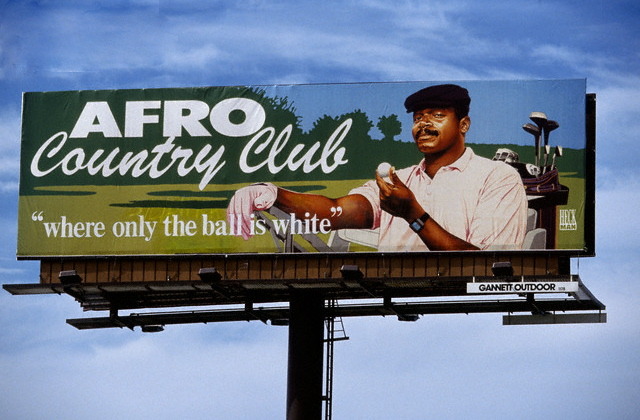
CITY OF CHICAGO RULES
RULES REGARDING CONSTRUCTION IN THE PUBLIC WAY UNDER
2‐102‐030(L); 2‐102‐040; 10‐20‐210
LAST UPDATED JANUARY 2014
Before the top or finishing of concrete walks has set, the contractor or person building the walk shall place in such walk in front of each lot or parcel of property a stamp or plate giving the name and address of the contractor or person building the walk and the year in which the work was done. The top of said plate or stamp, which must not cover more than 54 square inches of surface, shall be flush and even with the top of the finished walk, and must be of a permanent character plainly stamped or firmly bedded in the concrete in such a manner that it cannot become loose or be easily removed or defaced. Wherever one contractor or person has laid walks in front of three or more adjoining lots or parcels of property in one continuous stretch, one of the above named stamps placed in the walk at each end of said stretch of walk will be sufficient. (Prior code § 33-38; Amend Coun. J. 1-14-97, p. 37762, § 44)The city code was adopted to hold the contractor responsible for their work should anything be defective in the concrete sidewalk they laid.
There are two different types of Nameplates, stamps, and plaques, and they serve two purposes — identification and advertisement.
The most common type of sidewalk marker is stamped into newly poured concrete. It becomes an indelible feature of the sidewalk, sharing the same space as children’s footprints and lovers’ inscriptions.








Brass plaques can be more easily removed from a sidewalk, although they are also most often removed when the sidewalk is reconstructed. They do have a better chance of surviving as individual artifacts.
Compiled by Dr. Neil Gale, Ph.D.

